Green light therapy helps reduce pigmentation, calm redness, and ease overstimulated minds, without heat or irritation. Its gentle 525 nm wavelength works at the skin’s surface to support tone, clarity, and a more balanced mood.
Key Points:
-
Helps fade blotchiness and uneven pigmentation
-
Soothes redness linked to hormones or sensitivity
-
Supports a calm, focused mood through light-responsive pathways
-
Works best with short, consistent sessions
Looking to add green light to your routine? Lumara’s Illuminate Green Panel offers gentle, targeted support for skin tone and balance.
Keep reading to learn how green light works, when to use it, and why precision makes all the difference.
What Green Light Actually Does (And How)
Green light hovers at the 525 nm mark, right in the middle of the visible spectrum. That wavelength penetrates the upper-middle dermis, the zone where pigmentation, redness, and mood-related neuroreceptors live. It doesn’t go deep enough to trigger inflammation or post-treatment flushing, which is why it feels “quiet” compared to red or near-infrared.
This wavelength has also been shown to activate visual-to-somatosensory circuits. In a recent peer-reviewed study, researchers demonstrated how green light reduced pain signaling in mice by engaging a specific neural pathway connecting the secondary visual cortex to the anterior cingulate cortex. It’s early-stage work, but promising for those seeking non-pharmacological relief options.
On the skin side, green light affects pigment-producing melanocytes and vascular tone. Users see changes in blotchiness, dullness, and hormonal redness when used consistently. The key is energy delivery.
Most devices claiming “green light” dilute their output across multiple wavelengths, which dramatically lowers actual therapeutic value. That’s why the Illuminate Green Panel uses precision-spaced LEDs and single-wavelength delivery to ensure the energy hits where it’s needed, with no dark zones.
Core Benefits of Green Light
 Supports Pigmentation Balance
Supports Pigmentation Balance
Green light interacts with melanocytes in the upper dermis, cells responsible for producing pigment. It’s particularly responsive to surface-level irregularities like melasma, blotchiness, and hormonal redness. Where red light focuses on deeper layers and inflammation, green works closer to the skin’s surface without triggering heat or post-use flushing.
People dealing with uneven tone often see gradual smoothing over 2–4 weeks of consistent use. The absence of irritation makes it a better option for users with sensitivity to topical acids or laser resurfacing.
The Illuminate Green Panel delivers 5 J/cm² in 5 minutes using 6mm LED spacing, ensuring even light distribution across the entire treatment zone. That coverage prevents the patchy “leopard spot” effect common in lower-quality panels.
Modulates Mood Through Light-Responsive Circuits
Some wavelengths influence the nervous system as much as the skin. Green light has a unique interaction with visual-somatosensory pathways, which may help regulate mood and cognitive clarity without overstimulation. It’s been explored in research related to photophobia and migraines, and the effects tend to feel calming instead of sedating.
How Green Light Works (Technically Speaking)
Targets the Upper Dermis With Precision
Wavelength determines depth. At 525 nanometers, green light travels through the epidermis and stops around the upper-middle dermis. This range makes it ideal for working on pigmentation issues without reaching the vasculature or musculature, which are typically influenced by red or near-infrared devices.
The treatment window is short, around 5 minutes per session, because the energy doesn’t need to penetrate deeply. It also doesn’t generate enough heat to disrupt the skin barrier, which lowers the chance of rebound irritation or flare-ups.
Wavelength vs. Color: Why Green Matters
Color alone doesn’t dictate effect. What matters is the precision of the wavelength being delivered. Consumer-grade masks that advertise “green” often emit multiple wavelengths around 520–560 nm, creating inconsistent results. That range drifts too far from the clinical target to reliably support therapeutic outcomes.
The Illuminate Green Panel uses a controlled 525 nm wavelength with verified irradiance and spacing, delivering the energy where it counts without light deserts or overlap bleed.
Clinical Specs That Actually Work
What Actually Delivers Results
The effectiveness of green light therapy depends on energy density, wavelength accuracy, and light distribution. A therapeutic dose for 525 nm green light is around 5 J/cm² delivered within a 5-minute session. Anything lower often fails to trigger meaningful photobiological effects.
LED spacing is equally critical. Most masks and panels spread out their LEDs too far, creating dead zones where the light doesn't reach the skin. These gaps reduce coverage and lead to uneven outcomes. Uniform irradiance across the treatment area ensures consistent exposure, which supports better tone modulation and calming effects.
The Illuminate Green Panel solves this with 6mm LED spacing and a flat optical profile, eliminating those coverage gaps.
Why “Green” Isn't Always Green
Many light therapy products market themselves as multicolor or full-spectrum devices. While this sounds appealing, these devices often lack the energy concentration to produce results at any specific wavelength. A mask that offers seven colors at once typically spreads the energy too thin, green included.
True 525 nm output can’t be faked.
It requires dedicated diodes and a controller built to power them with enough precision. This is why green light effects tend to be underwhelming on mass-market devices. They’re not underperforming because the science is flawed; they’re underperforming because they don’t deliver the right specs.
How to Use Green Light Correctly
Session Timing and Frequency
Green light therapy sessions typically run for 5 minutes per area. That’s based on delivering around 5 J/cm² of energy using high-output LEDs. It’s best to aim for consistency over intensity. Daily use builds cumulative benefit without overstimulating skin or triggering any rebound sensitivity.
Many often start with five sessions per week, then taper once results begin to level out.
Positioning and Distance
Most users sit 6–10 inches away from the device. At that range, the light beam maintains its irradiance without falling off too steeply.
Keep the treatment area clean and makeup-free.
Oils and SPF can reflect or absorb light, disrupting how the energy travels into the skin. Sessions can be done morning or evening, but using green light before bed can help ease overstimulation from screens or harsh indoor lighting.
Key Differences Between Green and Other Wavelengths
Green vs. Red Light
 Red light works deeper in the skin, typically reaching the mid to lower dermis. It stimulates collagen production, reduces inflammation, and supports circulation. These effects make red light ideal for skin barrier repair, aging concerns, and tissue healing. It’s typically used for five to ten minutes per session and often feels warming.
Red light works deeper in the skin, typically reaching the mid to lower dermis. It stimulates collagen production, reduces inflammation, and supports circulation. These effects make red light ideal for skin barrier repair, aging concerns, and tissue healing. It’s typically used for five to ten minutes per session and often feels warming.
Green light, on the other hand, operates closer to the surface. Instead of focusing on structural changes, it supports surface clarity and pigment distribution. It’s a better option for people with topical allergies, or pigment irregularities that flare with deeper treatments.
Green vs. Blue Light
 Blue light stays within the epidermis and targets bacteria and sebaceous glands. This makes it ideal for acne management, especially when breakouts are related to clogged pores or overactive oil production. Blue light also carries a mild drying effect, which can reduce shine but potentially trigger sensitivity if overused.
Blue light stays within the epidermis and targets bacteria and sebaceous glands. This makes it ideal for acne management, especially when breakouts are related to clogged pores or overactive oil production. Blue light also carries a mild drying effect, which can reduce shine but potentially trigger sensitivity if overused.
Green light is more neutral. It doesn’t kill bacteria or trigger dryness. Instead@ it eases visible irritation and supports surface-level clarity. People prone to rebound redness or flaky post-acne marks may rotate green into their routine once active breakouts calm down.
What Green Light Actually Does
Not every solution needs to be intense. Sometimes, the most powerful shift comes from choosing stillness over stimulation, clarity over chaos. That’s where green light shines.
At Lumara, we believe great tools don’t need to overwhelm, they need to work. Our Illuminate Green Panel was designed with care: single-wavelength precision and just five minutes of focused support.
If you’ve tried “all the things” and are ready for something that meets you where you are, green light might be it. And with Lumara, you’re never guessing what you’re getting.
Start with what works, skip what doesn’t:
🌿 Illuminate Green Panel – Built for balance, clarity, and calm
FAQs
What wavelength is best for green light therapy?
The most studied and therapeutically useful green wavelength is 525 nm. This wavelength offers balanced skin-level penetration and minimal overstimulation, especially when delivered at ~5 J/cm² in 5-minute sessions.
Can I use green light every day?
Yes, green light is gentle enough for daily use. Most users apply it 4–6 times per week for clarity, mood regulation, or pigment support. The key is consistency rather than duration.
What device should I use for targeted green light?
Panels with fixed 525 nm output and even LED spacing provide the most consistent results. Look for units that list energy output, beam uniformity, and total Joules delivered across the treatment area.
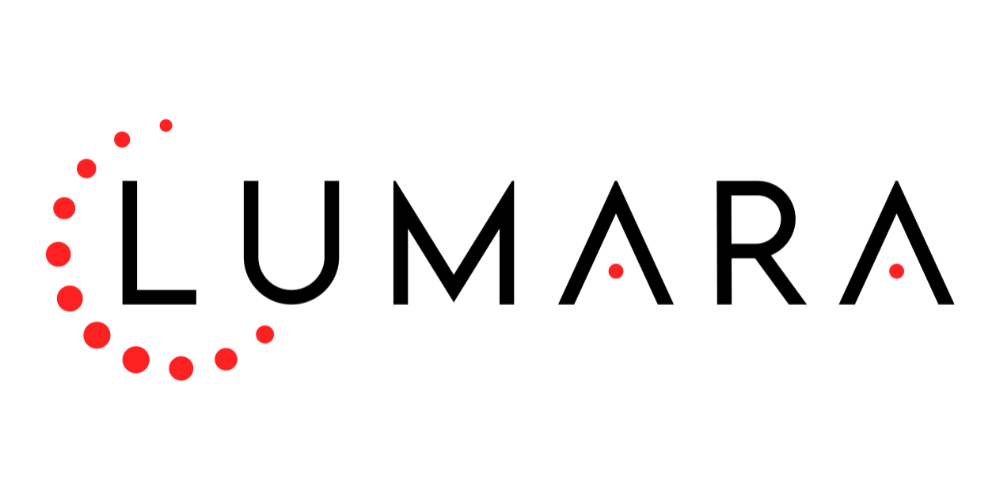
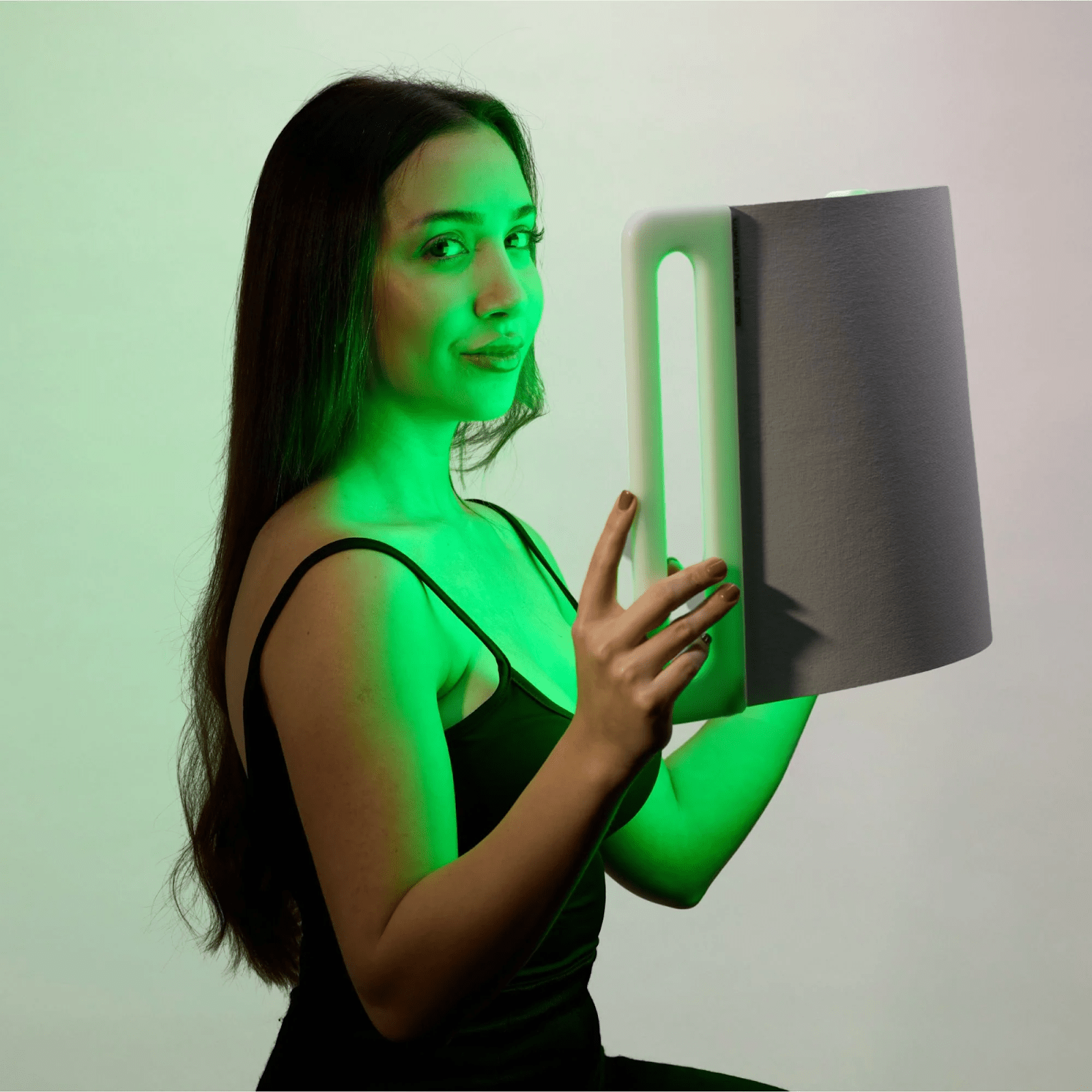
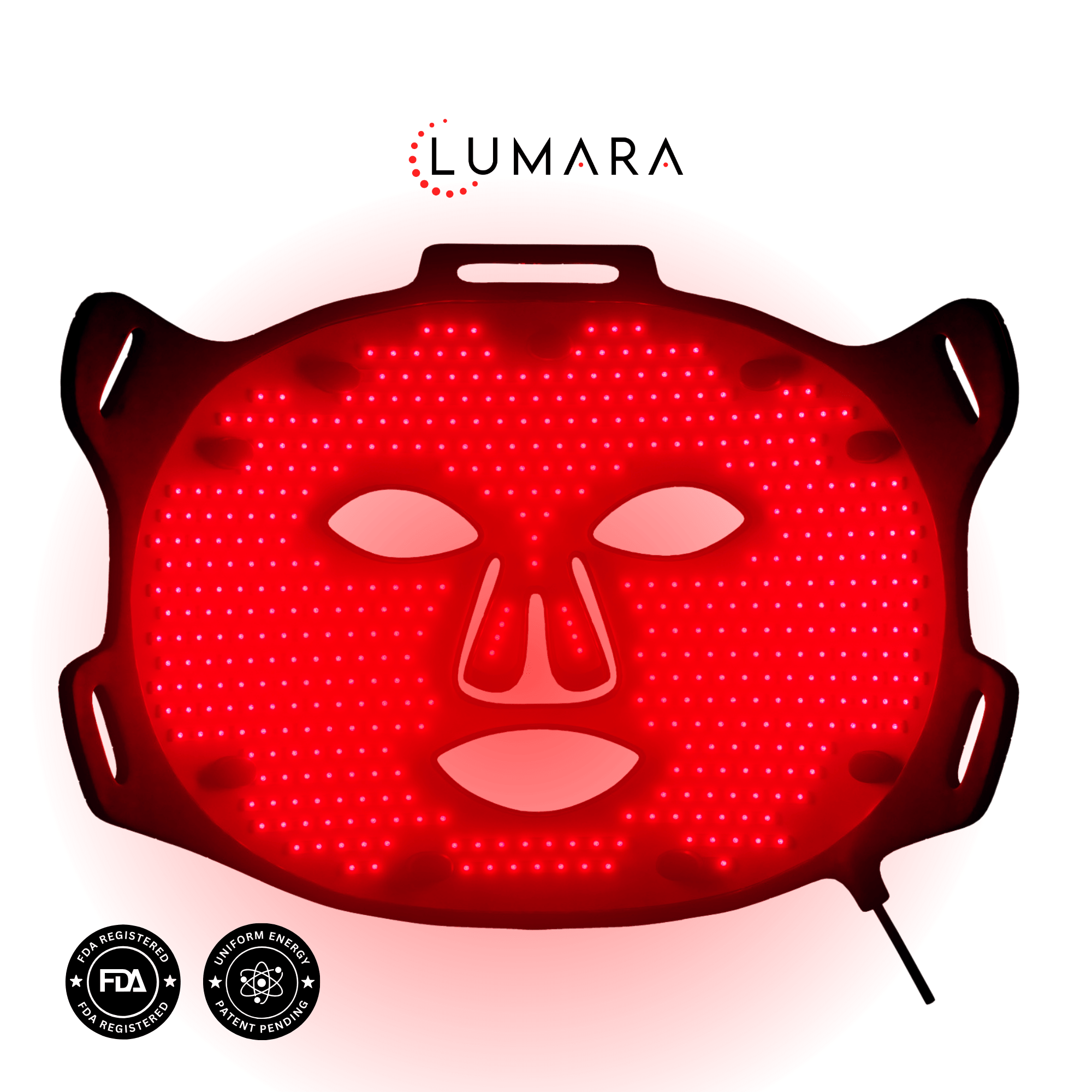
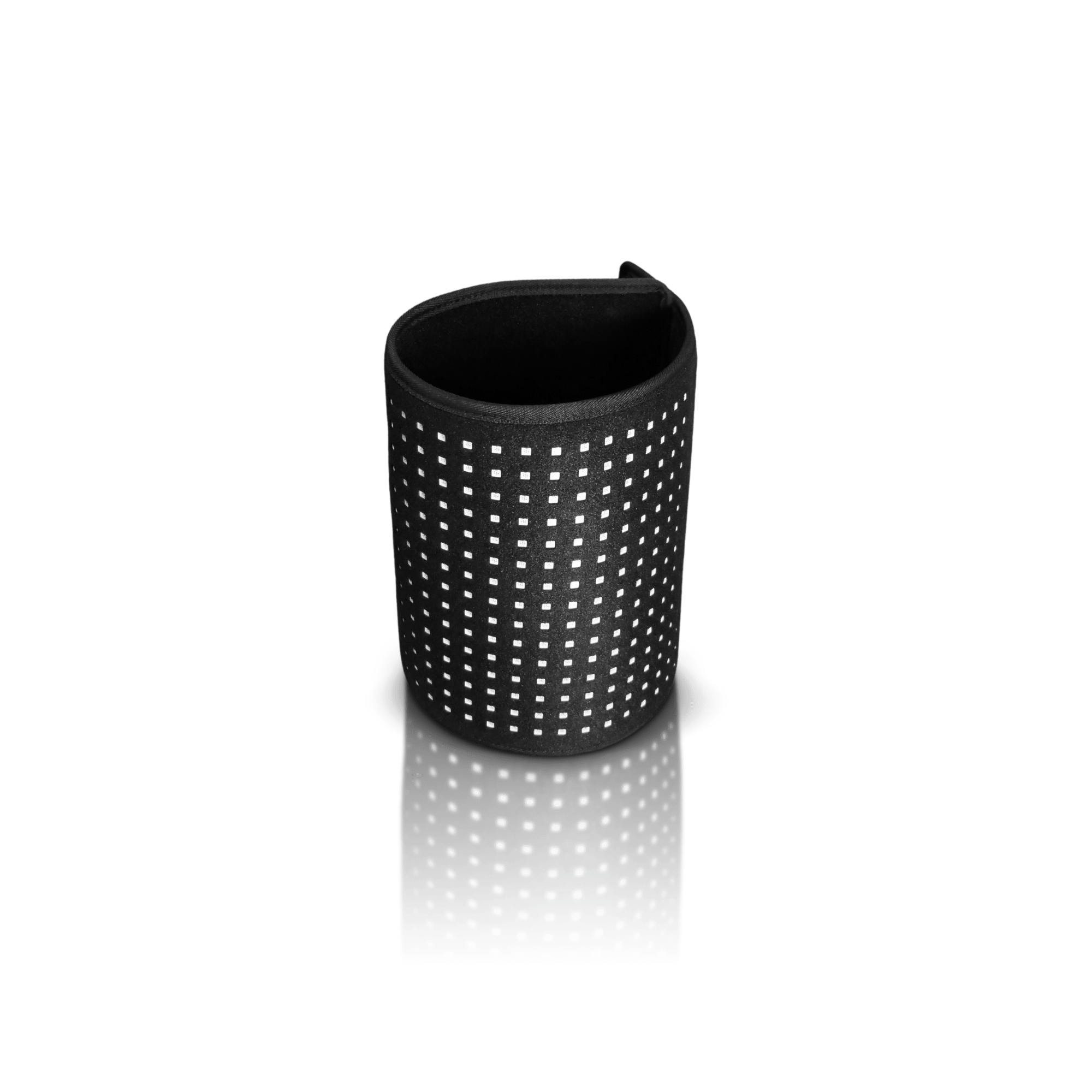
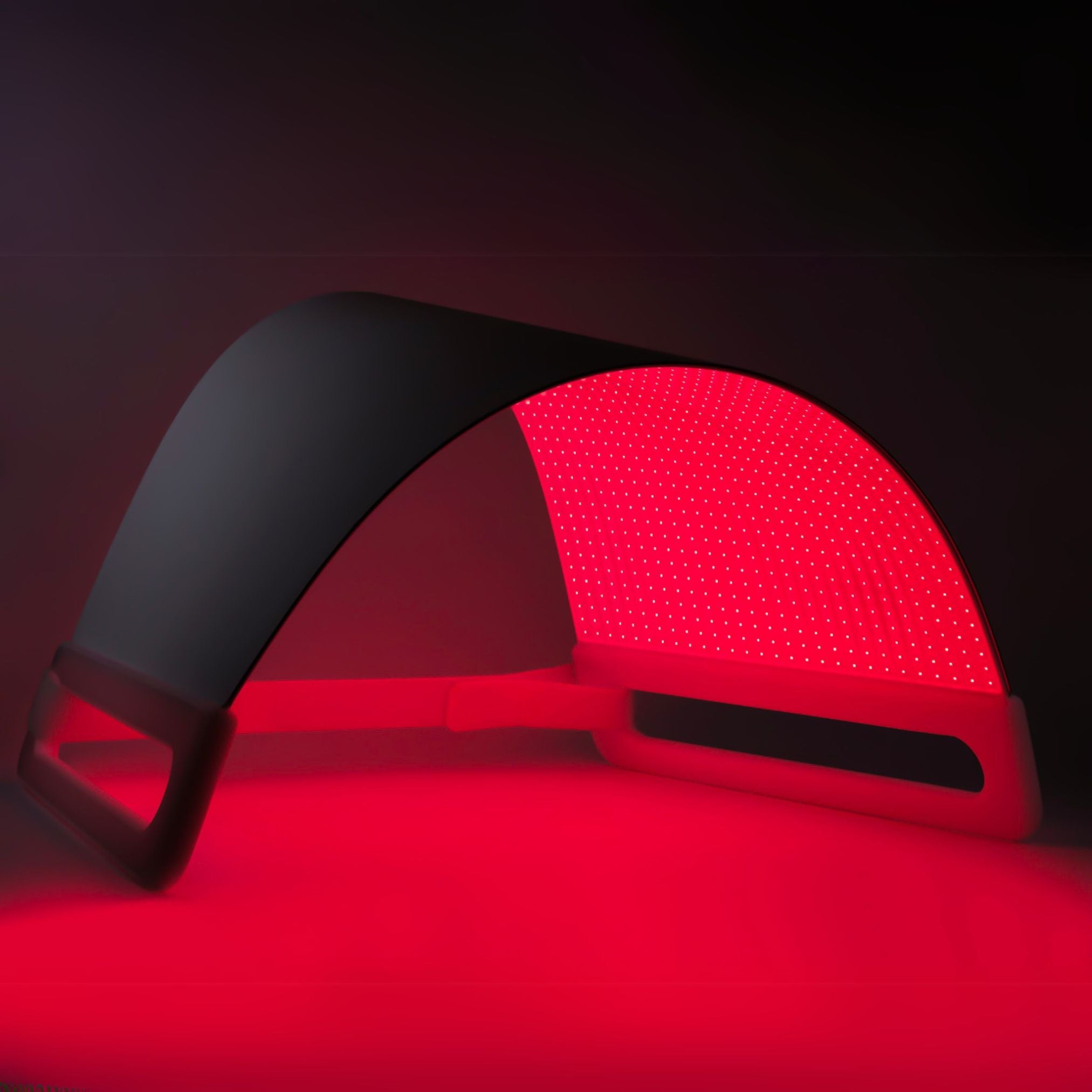
Share:
What Color LED Light Helps with Headaches
What LED Light Does to Your Body: Skin, Muscles & More